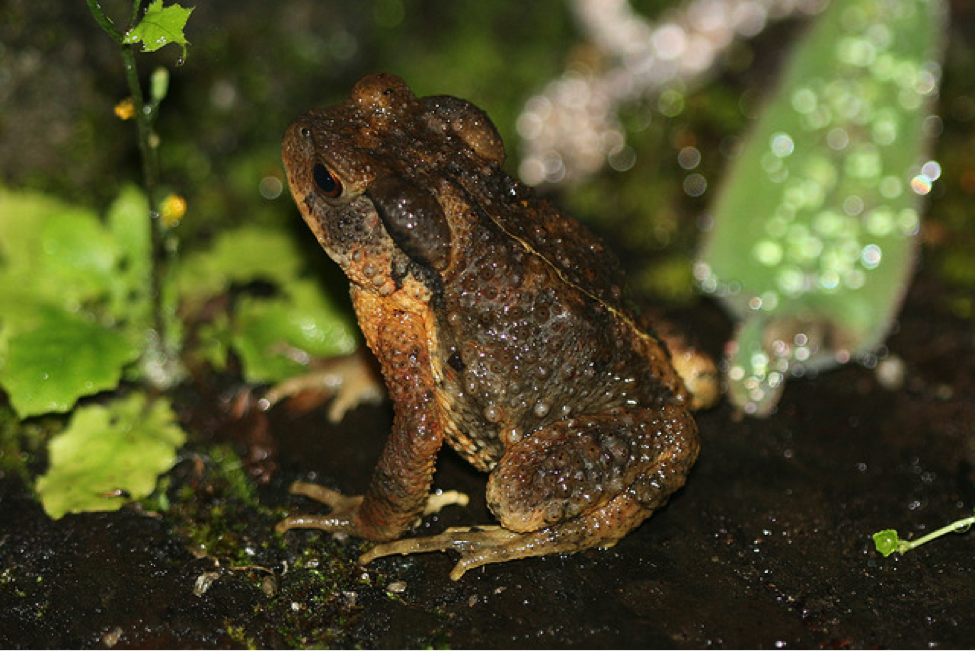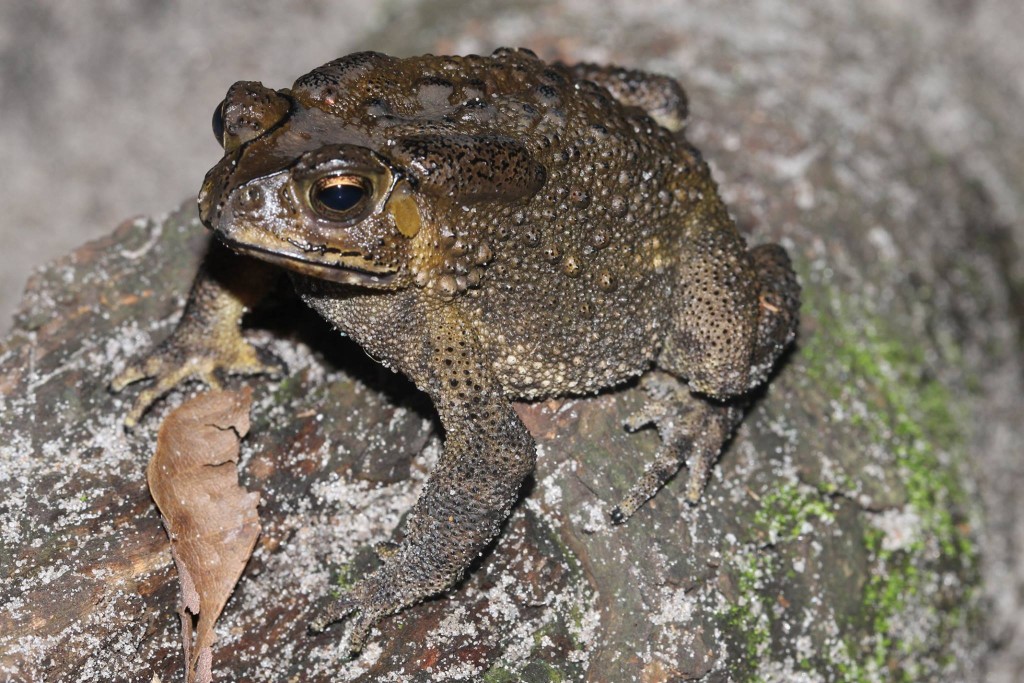The Bully of All Toads
Currently in Madagascar there is a bully. But, this is not your typical bully. This bully is the Asian toad, also known as Duttaphrynus melanostictus. The toads are threatening rare wildlife and frightening locals.

Madagascar provides a niche-like haven for these primarily lowland dwelling toads. Photo © Arthur Chapman Courtesy of Amphibians.org – Amphibian Survival Alliance.
The theory on how they got to Madagascar is that they hitched a ride in some shipping containers from Asia between 2007 -2010. While Madagascar doesn’t have native toads, people who saw these bullies roaming knew something was wrong. And still no one knows why they have decided to make Madagascar their new home.
These toads are endangering locals, harming snakes, lemurs and exotic animals that are unique to the island. If they feed off these toads they will be poisoned, since these toads are known to be very poisonous. Smaller animals can shrink in size and as species, become extinct.
Scientists are still trying to come up with ideas on how to get rid of these toads and such measures wouldn’t be horribly expensive. It would cost about $2 million to $10 million (the effort would need only a wealthy backer from the West) — but that’s really just a guess. No one knows exactly where the toads are or precisely how many are in Madagascar. There’s no easy way to find them, and there’s no quick method of dispatching them, at least not in the numbers necessary for eradication.
And then there’s the fact that no one has tried to remove invasive toads on such a scale before. There have been three successful removal projects, but they were all in much smaller areas.
So it looks like eradication won’t be possible, the scientists conclude, at least without a lot more research that would let managers and the government overcome many hurdles. And by that time, the toads will probably have become so numerous that, like in Australia, any such efforts would be impossible.
 Guest post by Leigh-Ann Brady, who resides in NJ with her 8 year son. She is an artist and writer who is also concerned about the environment.
Guest post by Leigh-Ann Brady, who resides in NJ with her 8 year son. She is an artist and writer who is also concerned about the environment.









